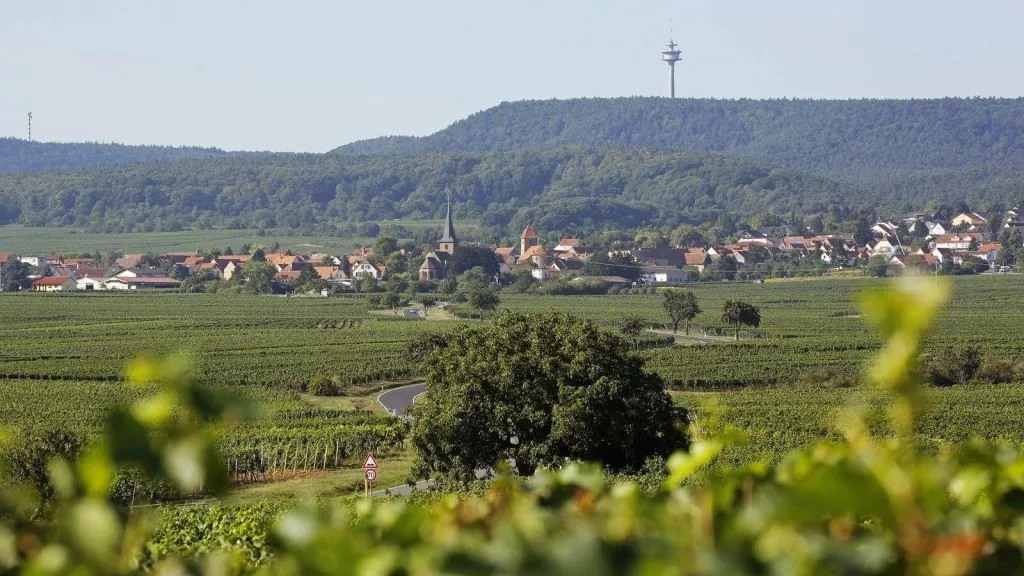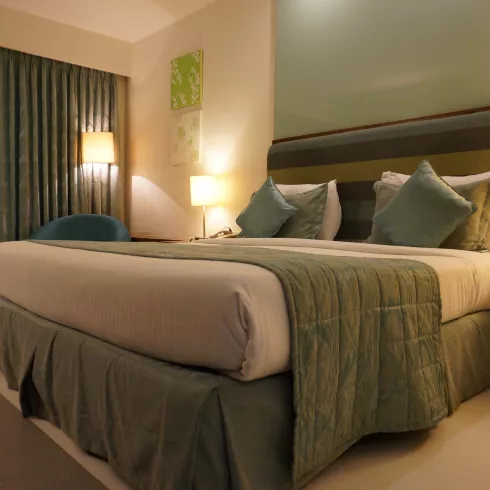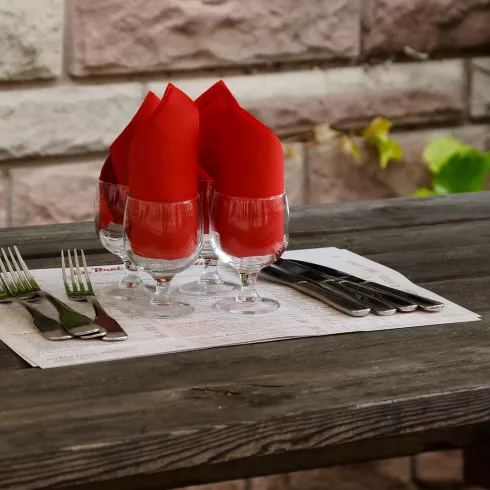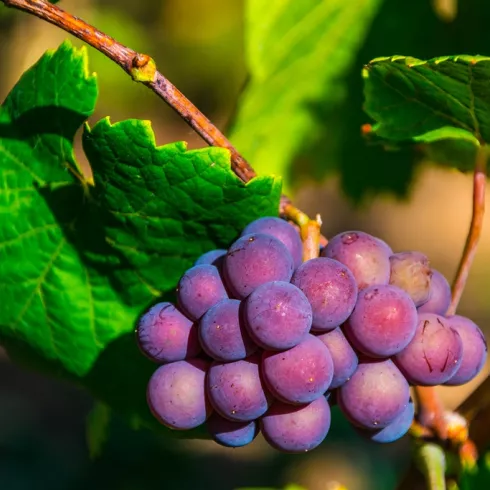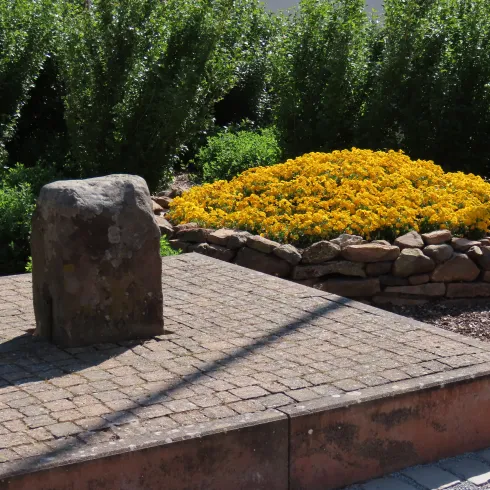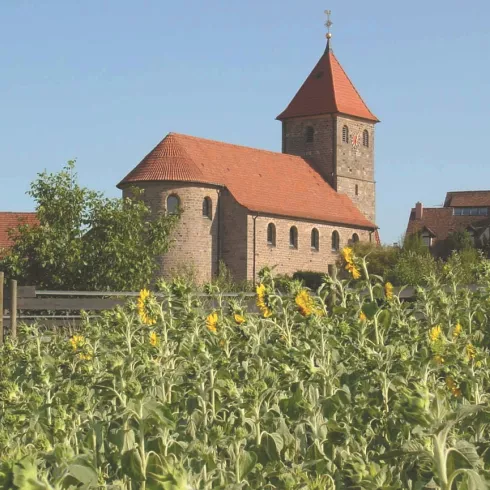Between wine and forest.
The wine village of Weisenheim am Berg is situated near the German Wine Route on the edge of the Palatinate Forest. The first documented mention dates back to 771, but much older grave finds point to a much earlier settlement.
The village has grown by leaps and bounds in recent decades, but has largely managed to retain its character as a winegrowing village. Many old winegrowers' farms in the centre of the village - one of which has since been converted into a communal house - and the countless rows of vines around the village bear witness to this.
Thanks to its location away from the main traffic routes, Weisenheim am Berg is a good place to relax and offers plenty of space for walks in the woods and fields.
As in the neighbouring village of Bobenheim, Weisenheim also offers a magnificent view over vineyards and the Rhine plain. The two churches are characteristic of the village. The first documented mention of the church, which became Protestant with the introduction of the Reformation in the county of Leiningen (1566), dates back to 1283. Particularly noteworthy are the medieval frescoes preserved in the Gothic choir and the three-storey tower built in 1726. The Catholic church was not built until 1933, but thanks to the use of local building materials, it blends in well with the villagescape.
The former synagogue, which is still standing, was built in late Baroque style (used 1832-1909). The building has been preserved and was acquired and restored in 1988 by a specially founded support association. As a result, cultural events that are known beyond the borders of the village can now be held there on a regular basis.
The village borders directly on the eastern edge of the Palatinate Forest, which provides direct access to the various hiking paths in the woods. As a nearby destination, the "Ungeheuersee" (monster lake) - a high moor lake with rare orchids and cotton grass on its small floating islands - is virtually right on the doorstep. The "Partnership, wine and local history-Festival" and the village fair with a winegrowers' table attract many guests from near and far.
A special highlight for the village community is the "Stutzenfest", when new citizens are officially welcomed into the village in a traditional and not exactly conventional way.
